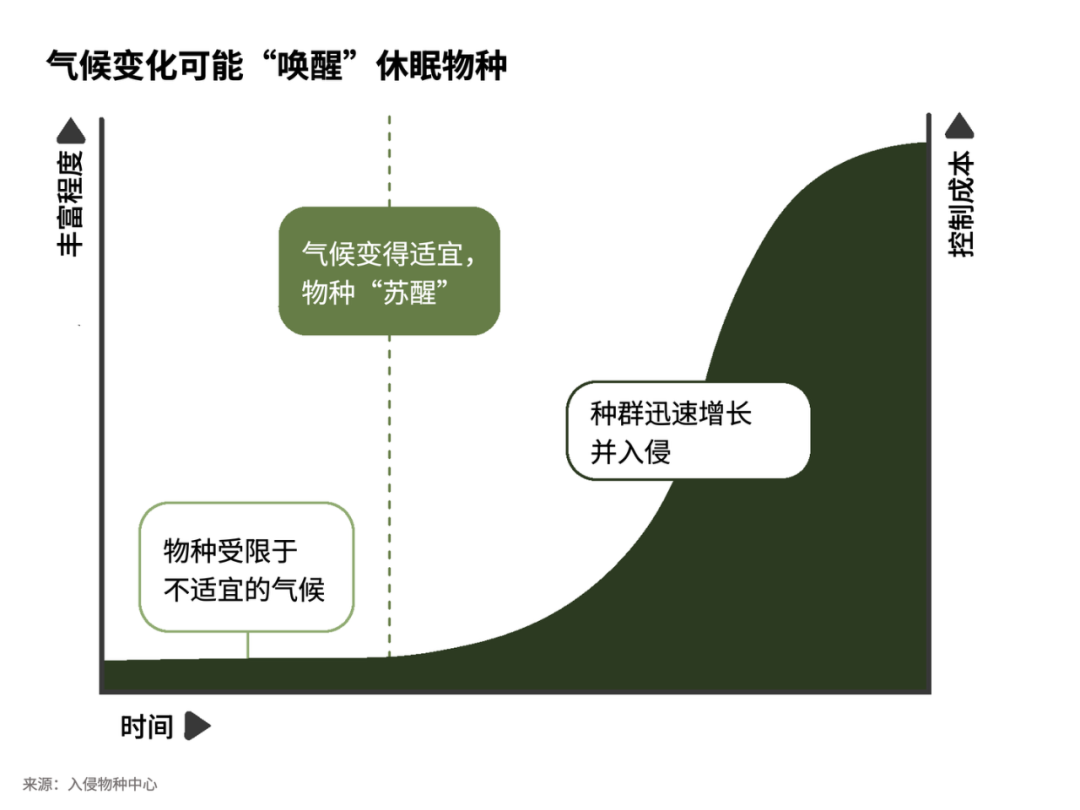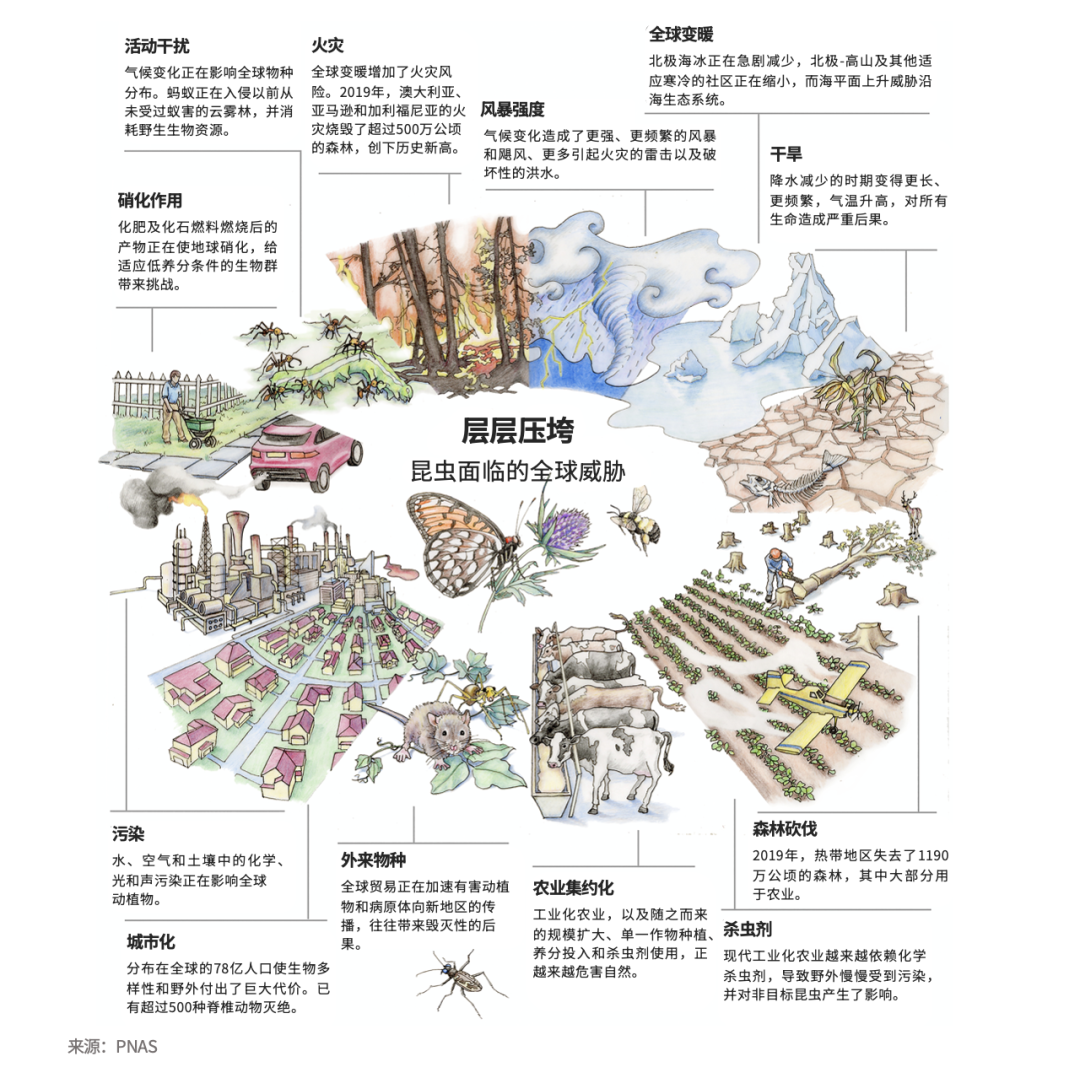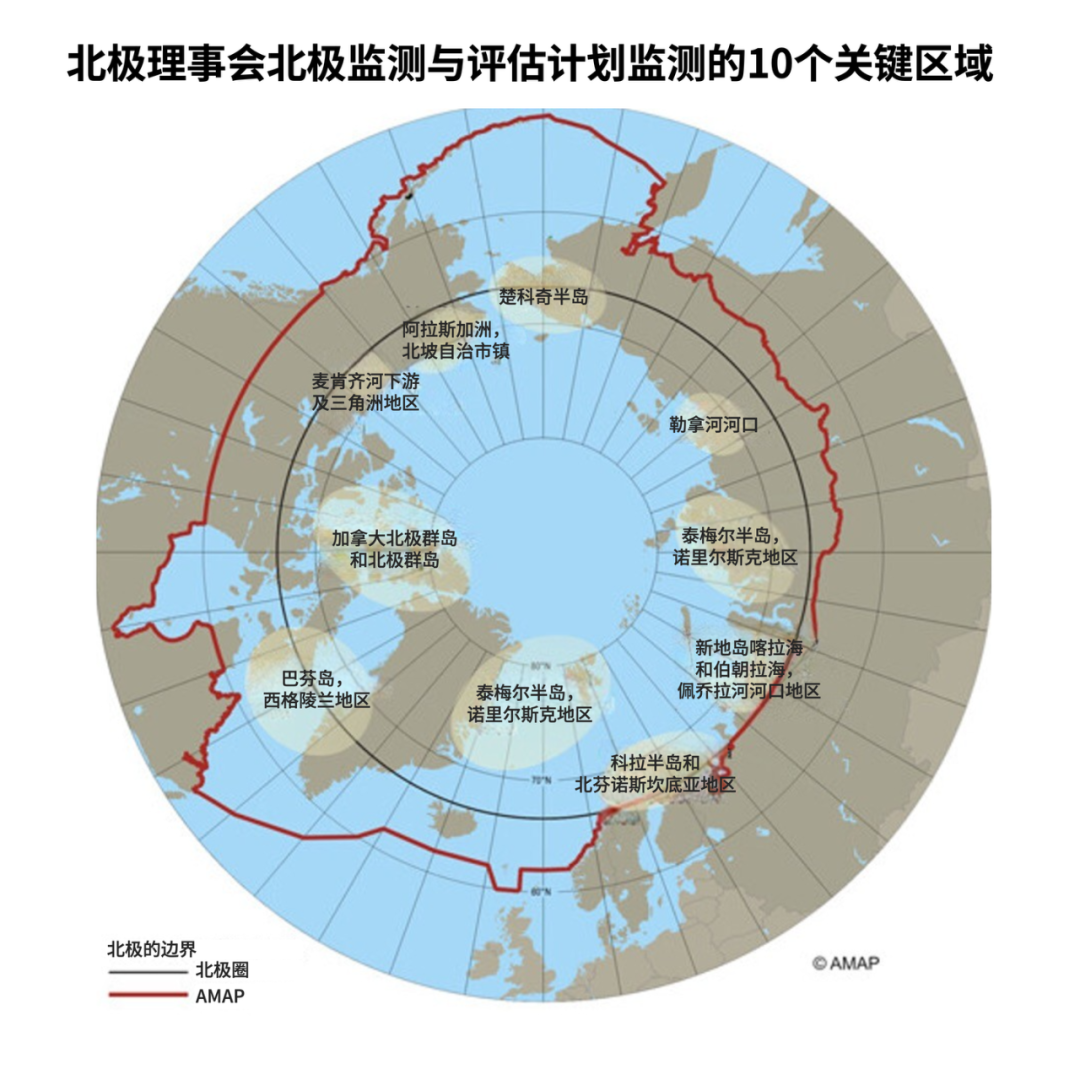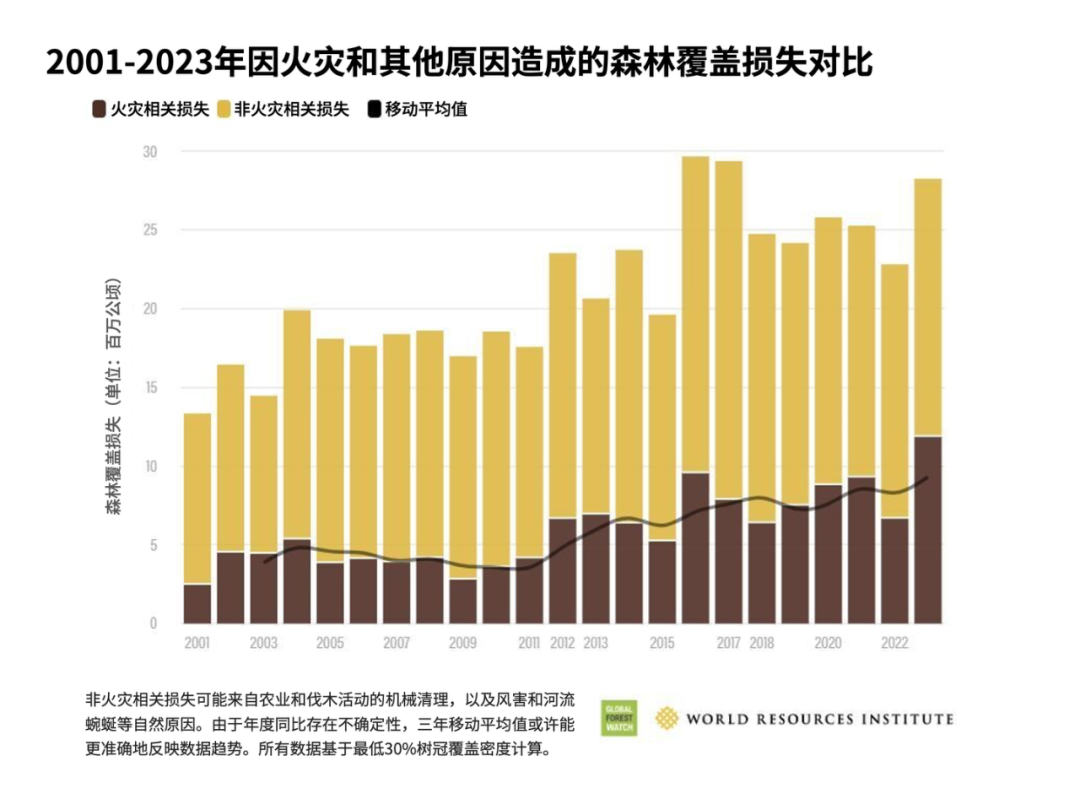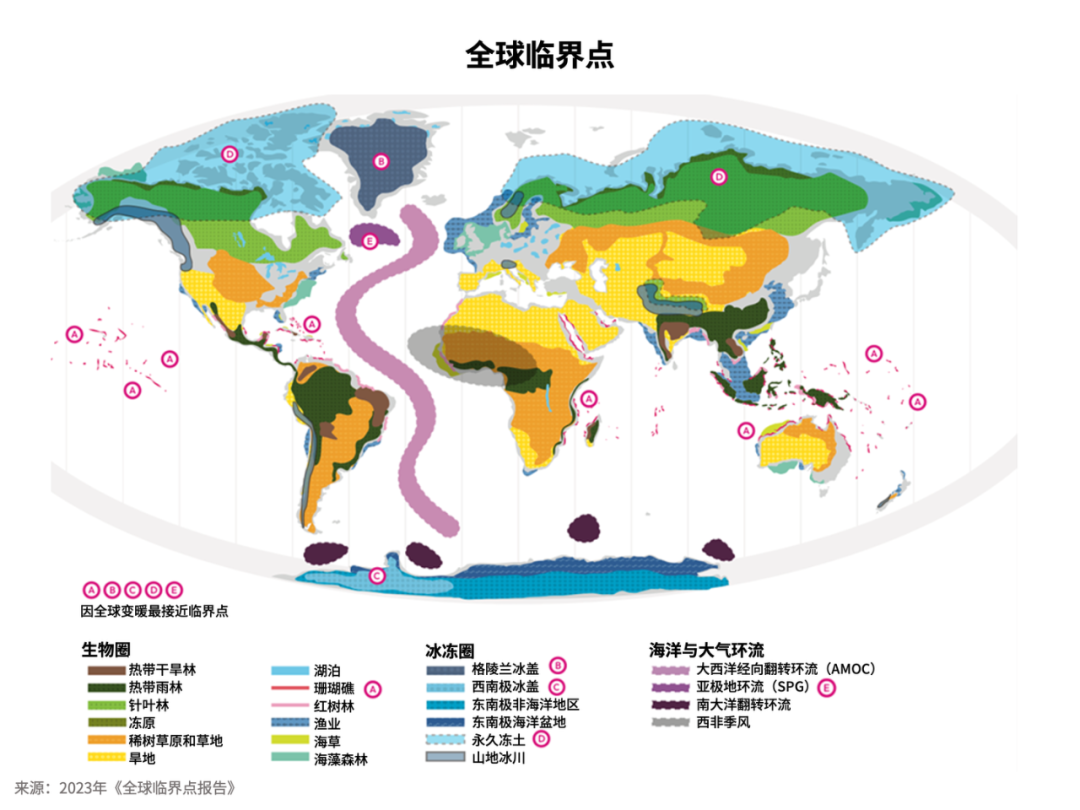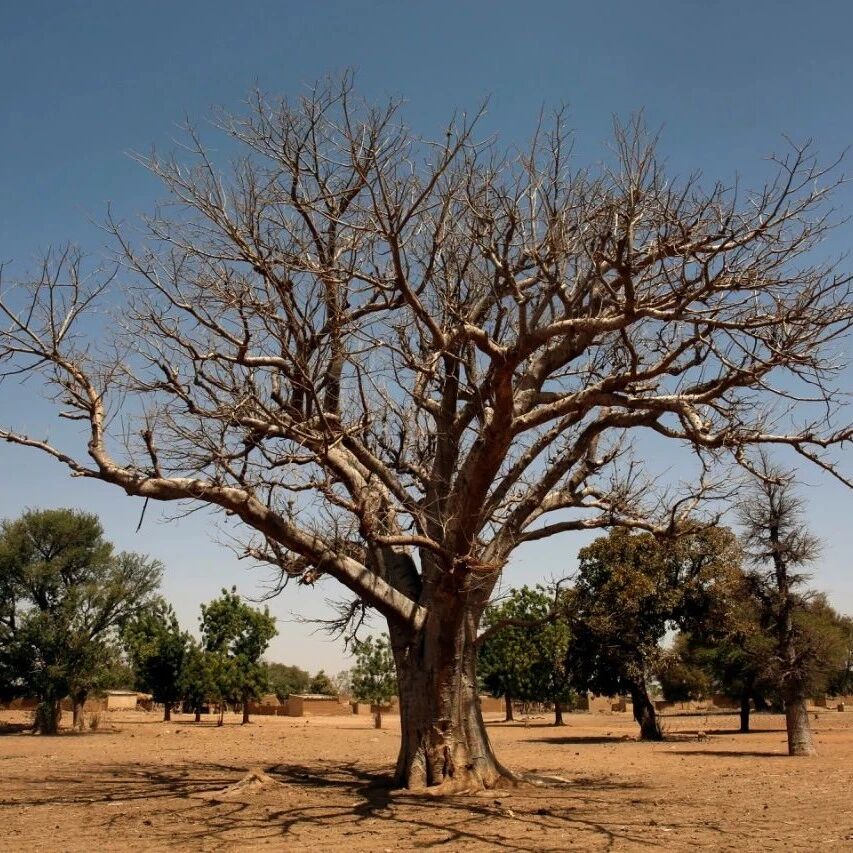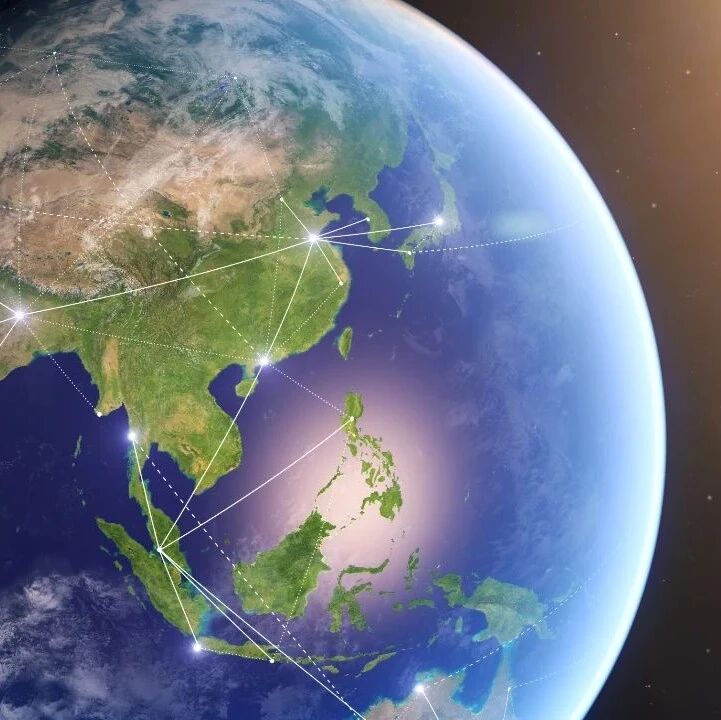A series of ecosystem tipping points is approaching.
Image source:StockCake
Ian Shine
Senior Writer for the Forum Agenda
Gill Einhorn
Global Head of Innovation and Transformation at the World Economic Forum
The climate crisis has introduced many "known unknowns"—conditions and phenomena whose future trajectories remain impossible to predict.
This article presents five examples, along with the scientific principles behind them, relevant stories, and practical advice for handling each situation.
The World Economic Forum’s Center for Nature and Climate calls for an “informed optimism” toward these issues, as deepening understanding is crucial for implementing reliable and appropriate measures to address existential risks.
Today, the "carbon footprint" is widely recognized around the globe. But when the term was first coined in the early 21st century, that wasn’t the case. The climate and environmental crises have given rise to a wealth of new vocabulary—words designed to articulate the pressing realities we all need to understand.But even more important than understanding these words themselves is grasping the dynamics behind them and the potential impact they may have—crucially, it’s about taking immediate action today to effectively curb their future consequences. Here are five increasingly popular terms, the stories behind them, and some practical suggestions on how to address these emerging threats.You can't grow oranges in the Arctic. The reason is obvious— the climate simply isn't suitable.While it’s unlikely that oranges from the Arctic will appear anytime soon, if humans continue to crank up Earth’s “temperature controller,” other plant and insect species could soon start popping up outside their usual habitats.In fact, several plant and insect species have already established themselves in the new environment—but the situation remains under control, as the conditions required for their thriving aren’t yet fully favorable. However, researchers at the University of Massachusetts in the U.S. warn that global warming could "wake up" 18 such dormant species, potentially leading to significant environmental and economic challenges.Researchers at the University of Massachusetts point out that climate change could "wake up" 18 dormant species.
Image source:Invasive Species Center
Canada's Invasive Species Centre defines dormant species as "non-native species already present in an ecosystem but currently restricted—perhaps due to climate or other species—and with the potential to become invasive."These species may enter new countries through various pathways, including shipping, plants, the exotic pet trade, or even unintentionally carrying seeds on clothing during human movement.The pine beetle is one example. This insect first arrived in Canada in 2005 and has since been detected in parts of Ontario and Quebec. According to the Canadian Invasive Species Centre, if temperatures continue to rise—creating ideal conditions for the pine beetle to thrive—it could "negatively impact Canada's vital pine plantations."The first step to action is figuring out the extent of risks facing your local environment. Fortunately, plenty of free resources are available online. For instance, the Global Invasive Species Database lists 100 "globally recognized invasive species" that pose significant threats to biodiversity, agriculture, and other human interests. Once communities become aware of risks like river blockages or the decline of native pollinators, they can more proactively monitor outbreaks and implement strategies to prevent dormant species from gaining the upper hand.Though tiny, insects are crucial to many ecosystems around the globe—whether by boosting the production of fruits and vegetables or by helping to curb the spread of pests. Due to rising temperatures, 65% of the world’s insect populations could face extinction within the next century. This puts the healthy functioning of these ecosystems at significant risk.Air pollution poses an additional threat to global insect populations, with impacts even reaching remote areas. In fact, according to the peer-reviewed journal *Proceedings of the National Academy of Sciences (PNAS)*, insects are already reeling under the combined pressures of the climate crisis and human activities—and face a grim reality of being overwhelmed on multiple fronts.Insect populations are being severely impacted by the combined effects of climate change and human activities.
Image source:PNAS
Conversely, this could lead to a variety of consequences."Eighty-seven of the world’s major crops rely wholly or partially on insect pollination, with most of them growing in tropical regions," say two experts from University College London. For instance, cocoa depends on midges for pollination.Insects also provide other "ecosystem services," including supplying bioactive compounds and other resources used in pharmaceuticals, helping to maintain soil quality, and regulating freshwater systems, among others.Daisy Ginsberg’s "Pollinator Pathways" initiative embodies the vision of supporting the thriving of insect populations. These vibrant sculptures prioritize the needs, perspectives, and diversity of endangered pollinators.Initiatives like the "Clean Air Alliance" help create a healthier environment for both humans and the insects that are essential to safeguarding global food security.If temperatures continue to rise, permafrost in regions like Siberia and the Arctic could start melting.Permafrost refers to land that remains "permanently frozen," meaning it stays fully frozen for at least two consecutive years in reality. As the largest carbon reservoir on land, permafrost contains twice as much carbon as is currently present in the atmosphere—but it’s now facing the serious risk of irreversible thawing. This could not only release carbon into the atmosphere in the future, potentially equivalent to the annual emissions of the entire United States, but also trigger the re-emergence of ancient viruses long sealed within the frozen soil.The Arctic Council's Arctic Monitoring and Assessment Program is monitoring 10 key regions where permafrost could release long-forgotten viruses.
Image source:Arctic Council Arctic Monitoring and Assessment Program
The Arctic Council has established a working group to monitor "pollutants" that could be released as a result of climate change. The group, known as the Arctic Monitoring and Assessment Program, is currently tracking potential releases in 10 key regions.Professor Birgitta Evengård from Umeå University in Sweden said in an interview with CNN: "If permafrost harbors viruses that humanity hasn’t encountered for thousands of years, our immune systems may not be equipped to mount an adequate defense. The right approach is to respect this reality and adopt a proactive rather than reactive stance. After all, the best way to combat fear is through knowledge."4. A Wildfire That’s Tough to ExtinguishIn recent years, the increase in wildfires has been meticulously documented, resulting in record-high losses of tree-covered areas.According to the World Resources Institute, Canada's extreme wildfires in 2023 accounted for more than a quarter of global forest cover loss, with climate change being the primary driver.Forest cover loss is accelerating due to wildfires.
Image source:World Resources Institute / Global Forest Watch
After winter snowfall, the surface wildfires in Canada’s northern boreal forests have been extinguished—but in reality, they’re still smoldering silently beneath the permafrost. As spring temperatures rise, these fires will reignite once again.In British Columbia, an average of five to six such difficult-to-extinguish wildfires occur each winter. In January 2024, that number surged to 106, breaking the historical record. Unfortunately, according to the province’s official data, 91 wildfires were still burning as of springtime.Another study from University College Cork in Ireland reveals: "Rapid warming of the atmosphere can cause peat soils to suddenly heat up to smoldering temperatures beneath the surface—without the need for any sparks or external ignition sources." The research describes this phenomenon as "self-ignition driven by climate change."In recent years, tipping points have become a hot topic, with 1.5°C emerging as the well-known physical threshold most people are familiar with. In December 2023, COP28 released the "Global Tipping Points Report," identifying more than 25 critical thresholds within Earth's systems. The IPCC defines a tipping point as "a critical threshold that, once crossed, triggers large-scale, often abrupt and/or irreversible changes in the system."For instance, Greenland’s ice sheet and the West Antarctic Ice Sheet are melting rapidly—and are on the verge of crossing a critical threshold. This could soon lead to a sea-level rise of up to 10 meters. Meanwhile, at current rates of global warming, 99% of coral reefs have already experienced heatwaves so frequent that recovery has become nearly impossible.Sudden changes could include the melting of major ice sheets, leading to a rapid sea-level rise of several meters. This would fundamentally alter key ocean circulation patterns, which in turn could disrupt monsoon seasons and trigger a "critical cascade, destabilizing the broader climate system."The report identifies 16 planetary tipping points. Rising temperatures could trigger significant challenges, including forest canopy dieback, degradation of savannas and drylands, and the collapse of coral reefs, mangroves, and seagrass meadows. Each of these issues could ultimately lead to the breakdown of marine food webs.The "Global Tipping Points Report" estimates the likelihood of several climate tipping points being crossed.
Image source:2023 Global Tipping Points Report
The report outlines six key recommendations aimed at turning the tide. These include: immediately phasing out fossil fuels and reducing emissions from land use, as well as strengthening adaptation efforts and addressing loss and damage. The report also calls for a global summit focused on climate tipping points, to deepen our understanding of these critical thresholds—and to translate that knowledge into concrete action.The positive tipping point is an inevitable outcome. The tram system has already reached this critical juncture, and with favorable regulations, a cost structure that favors sustainability, and robust consumer incentives, it is steadily advancing toward cleaner technologies. To learn more about the dynamics of this positive tipping point, check out the Positive Tipping Point Transformation Map provided by the World Economic Forum’s Strategic Intelligence team.The key to taking effective measures in response to a crisis lies in maintaining an informed and optimistic mindset. As former U.S. Navy Vice Admiral James Stockdale, who was held captive in Vietnam for seven years, once said: "You must never confuse the belief that you will ultimately prevail—never lose that conviction—with the willingness to confront the most brutal realities of the moment, no matter how harsh they may be."Faced with the natural and climate crises, we must fully grasp the stark realities we’re confronting—otherwise, it will lead to misunderstandings and overly simplistic, linear solutions. Yet, if we lose our sense of optimism, we risk falling into the "trauma response" of fighting, fleeing, numbing ourselves, or surrendering altogether—responses that can result in conflict, disconnection, and inaction. This is precisely the "Stockdale Paradox."No one can solve problems alone. Recognizing this, the World Economic Forum’s Centre on Nature and Climate has brought together stakeholders from economic, political, and social sectors to collaborate, fostering a spirit of optimism and developing actionable solutions.The Center for Nature and Climate has launched several initiatives. The "Pioneers Alliance" initiative spans nearly 100 countries, focusing on advancing cutting-edge technologies that can help decarbonize high-emission industries. Meanwhile, the "Global Leaders Initiative on Planting One Trillion Trees" encourages businesses to commit to protecting and restoring forests. As the world’s largest CEO community dedicated to achieving net-zero emissions by 2050, the "CEO Climate Leadership Alliance" has already succeeded in reducing overall emissions by 10%—an achievement equivalent to France’s annual emissions—while simultaneously driving revenue growth.These initiatives have created unique opportunities for collaboration, enabling us to integrate our technologies and expertise into a connected network that fosters awareness, builds resilience, and drives impactful, reliable action to effectively address the climate crisis.

The above content solely represents the author's personal views.This article is translated from the World Economic Forum's Agenda blog; the Chinese version is for reference purposes only.Feel free to share this on WeChat Moments; please leave a comment below the post if you’d like to republish.
Translated by: Di Chenjing | Edited by: Wang Can
The World Economic Forum is an independent and neutral platform dedicated to bringing together diverse perspectives to discuss critical global, regional, and industry-specific issues.
Follow us on Weibo, WeChat Video Accounts, Douyin, and Xiaohongshu!
"World Economic Forum"


